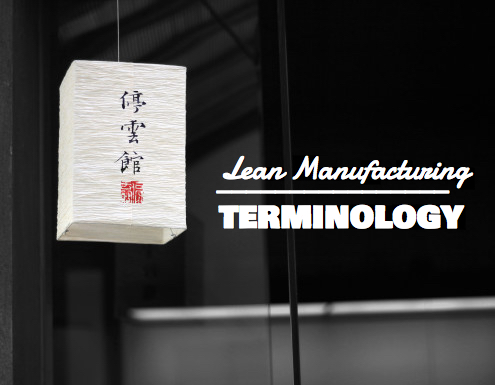What is Lean Process Management?
Lean process management is a strategy for business process improvement. It is typically structured around value streams and utilises a layered approach. The first of these ensures that the business is organised in a way that supports the value stream manager. It prevents cross-functional conflict and improves communication. The second aspect is there to ensure that on a day-to-day basis the production operators get the support they need to meet the day’s targets. Within this type of work environment, teams work together to rapidly solve and eliminate problems using the lean process.
Value Stream Management
Lean process management is different to traditional business organisation hierarchies because it uses value streams. A traditional hierarchy involves a manager, with departmental managers reporting to them. Each departmental manager has a team working for them, specialising in one function. So there is a quality department, a manufacturing engineering department, sales, finance, human resources, IT, purchasing etc.
The problem this drives is that each department tends to work as a silo. They each have their own objectives which may not complement the objectives of other departments. For instance, purchasing may be focused on piece part cost reduction. To achieve this they may be looking to source from low cost countries like India or China. Whilst meeting their departmental objectives, this may be completely at odds with the goals of Logistics. They may be focused on reducing inbound lead time, so moving to suppliers in the far east is a devastating blow.
A value stream looks at the flow of material and information all the way through the process from procurement of material to delivery to the customer. A cross functional team is assembled to report to the value stream manager. This will include representation from each department. They will work together as a team, with the shared common objective of reducing lead time to the customer. To do this they have to work together to remove waste from the process.
Layered Approach
The layered approach to lean process management recognises that production is the most important process. Every other function, quality, engineering, maintenance, supply chain etc are all support services. Their primary function is to support the production process. The role of lean process management is to ensure that these support services are offering the correct level of support to ensure production runs as planned. This is partially achieved by having representatives from each department assigned to a value stream as discussed above. The other way this is achieved is by have different layers of management.
The team leader is the first layer of support for the production operators. Their responsibilities include operator briefings, responding to andon calls, sickness cover, standard work audits and process performance measurement. Basically they are based at the production area, are hourly paid and are there to keep the process running as planned by dealing with any issues. Ideally there should be a ratio of one team leader to no more than five operators, to ensure they do not become overwhelmed.
The next layer of lean management is the supervisor. The team leaders report to the supervisor. The supervisor is normally a staff/salaried position. They are responsible for ensuring that the team leaders are doing their roles as required, and dealing with any problems. A supervisor will have a daily meeting with the team leaders to review the previous day’s performance, to discuss any missed production targets and to issue actions as necessary. They will also walk the production boards to ensure that the team leaders are filling them in regularly. This extra layer of management ensures that the team leaders are focused on achieving their responsibilities, whilst offering support when problems arise. A supervisor may have five or six team leaders working for them.
The supervisors, will report to a value stream manager. This is more of a strategic role, responsible not only for the productions targets, but also for setting the value stream strategy and initiating improvement activities. That said, there is still a layered audit aspect to the value stream manager’s daily tasks. They will meet with the supervisors to ensure they are carrying out their responsibilities as planned. Missed production targets will be discussed and actions assigned to get to the root cause to prevent them happening again. This information helps the value stream manager identify opportunities for improvement.








